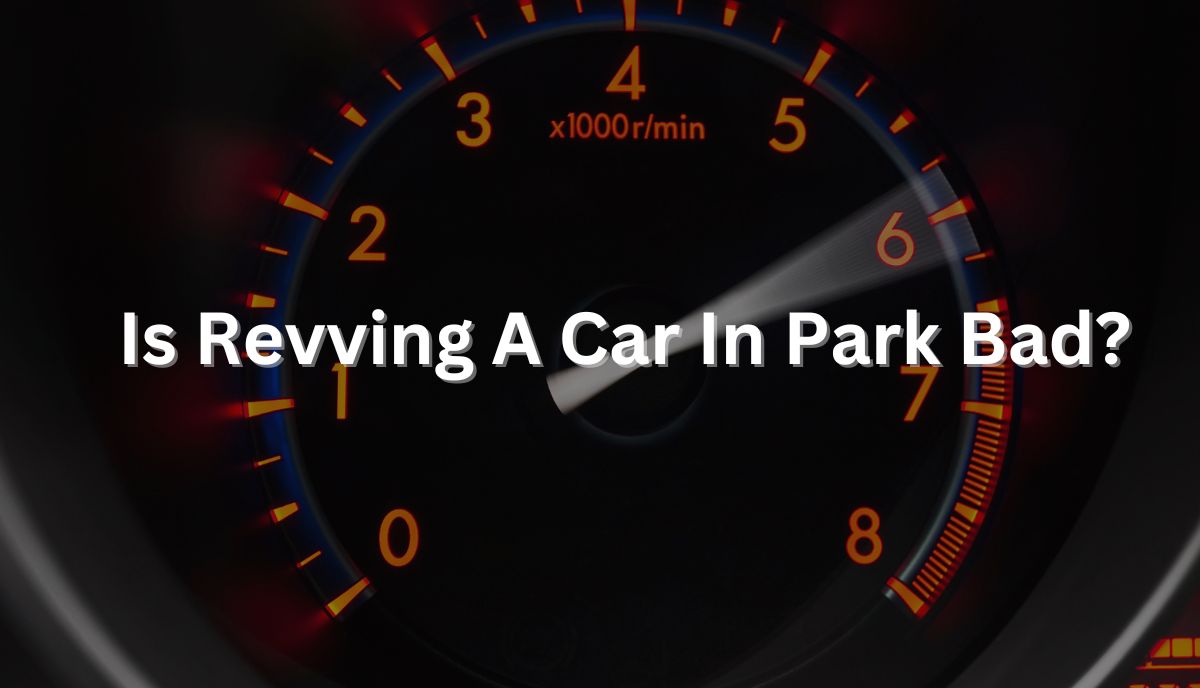Revving a parked car is safe. Or, at the very least, you won’t harm the engine so long as you limit the length and frequency. However, some drivers worry that revving a cold car in parking stresses the engine and attracts concerning challenges, such as a transmission overload and a valve float.
What Happens If You Rev A Car In Park?
The practice is not as dangerous as some people think. Your engine won’t disintegrate or anything. That said, most experts you consult will highlight one or more of the following concerns:
1). Redlining The Engine
How much revving are you doing? Revving a car means stepping on the accelerator without driving the car. The engine will bark and growl as usual, but the vehicle won’t move. The RPM will increase as the sound grows.
The car can tolerate these conditions if you keep the RPM below the redline. Redlining the engine every once in a while is a good thing because it allows you to identify faults you won’t notice at lower speeds, such as worn-out spark plugs and clogged fuel injector nozzles.
Redlining the engine on a regular basis will accelerate the engine’s wear and tear, lowering its lifespan.
2). Friction May Harm The Engine’s Moving Parts
Many consumers idle their vehicles in the morning to warm up the engine. This allows the motor oil to flow. Revving a parked car immediately after starting the engine can harm the moving parts because the oil is still cold and thick.
Therefore, it cannot flow as efficiently. In the winter, the oil may refuse to flow altogether because of the freezing conditions. Therefore, revving the vehicle will strain the engine unnecessarily, lowering its lifespan.
3). The Rapid Temperature Change Could Be Detrimental
Some drivers rev the car in park to warm the engine as fast as possible. If they succeed, the sudden temperature change may stress the engine. It won’t explode or fail. However, frequent temperature fluctuations can harm the engine in the long run, reducing its life expectancy.
4). Wasting Fuel
According to the U.S. Department Of Energy, cold weather reduces fuel economy. A gasoline car’s fuel economy can fall by 10 – 20 percent in the winter, even on short trips. The Toyota UK Magazine has also noted that engines use more fuel to reach normal operating temperatures in the winter.
Therefore, you waste fuel by revving a cold parked vehicle. Keep in mind that you’re burning fuel while going nowhere.
5). The Noise Is A Problem
The Daily Mail in the UK published an article in March 2023 highlighting the fact that a revving engine’s sound can raise blood pressure. For that reason, the authorities in your area may use noise pollution regulations to penalize you for revving a parked car. Check your area’s code to determine whether you’re permitted to rev your engine.
6). Consequences For The Environment
According to the North Carolina Department Of Environmental Quality, idling is a danger to the planet because it ejects harmful chemicals into the environment. If idling is bad for the environment, you can expect revving to present a similar threat, especially if you rev the engine frequently and for long durations.
Are There Specific Situations Where Revving A Car In Park Is Acceptable?
Surprisingly, yes. Even with the threats mentioned above, drivers and mechanics routinely rev their cars in park for the following reasons:
1). Diagnosis and Troubleshooting
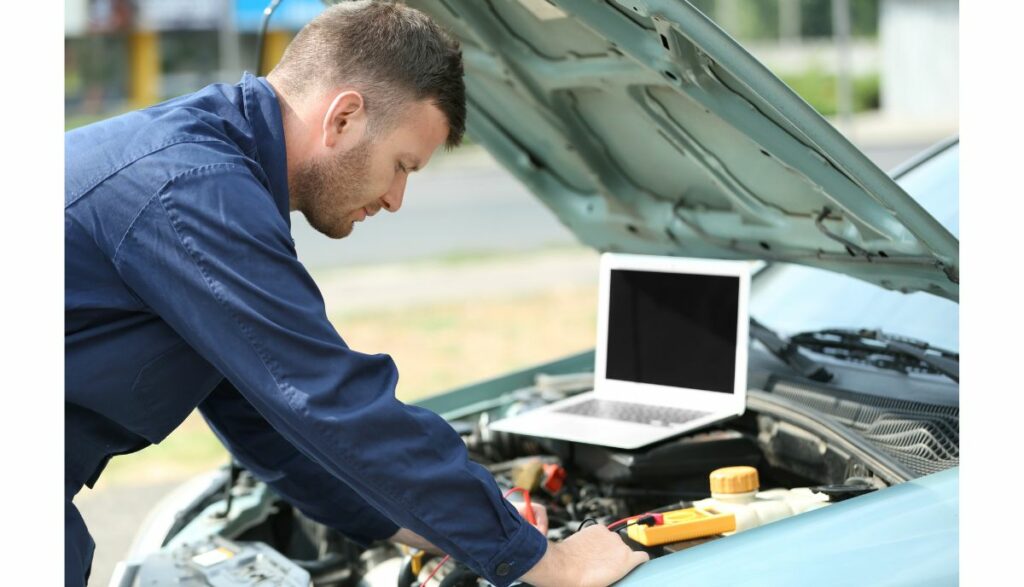
What happens when you complain about a fault in your vehicle? The mechanic may choose to take the car for a test drive. But usually, it is more convenient to rev the engine. Once the engine warms, they will press the gas pedal repeatedly while making observations.
This allows them to record the sounds emanating from the engine, the color of the smoke billowing from the exhaust, the smell rising from under the hood, the engine’s power, etc. Local authorities are less likely to penalize a mechanic who revs a car in their repair shop because the habit serves a practical purpose.
2). Jump Starting A Battery
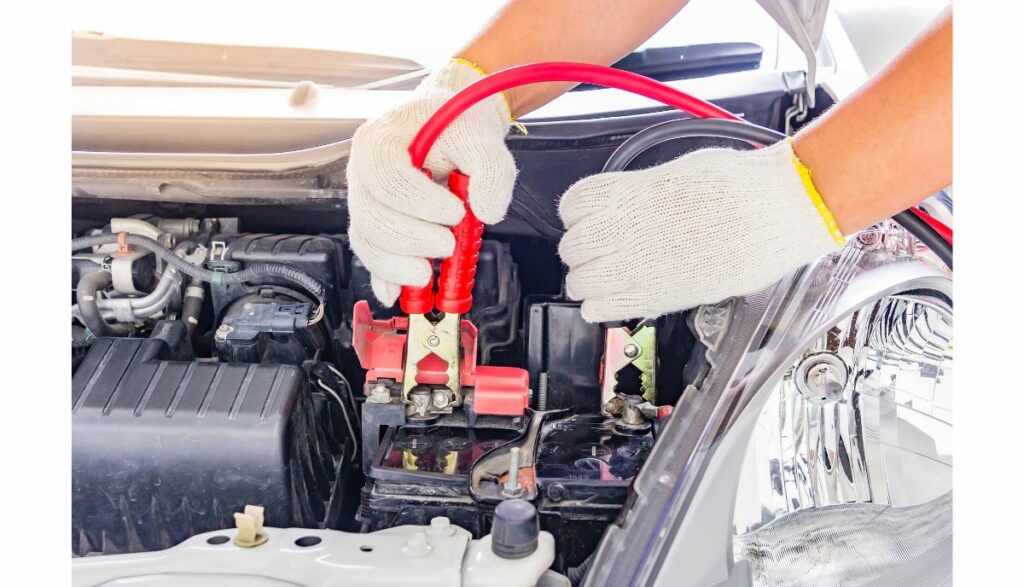
Have you ever jumpstarted another vehicle’s battery using your car? The vehicle tends to increase the RPM because of the strain of charging two batteries. However, many people prefer to increase the RPM manually by revving the engine. Again, the authorities are unlikely to penalize you in such circumstances.
3). Warming The Engine
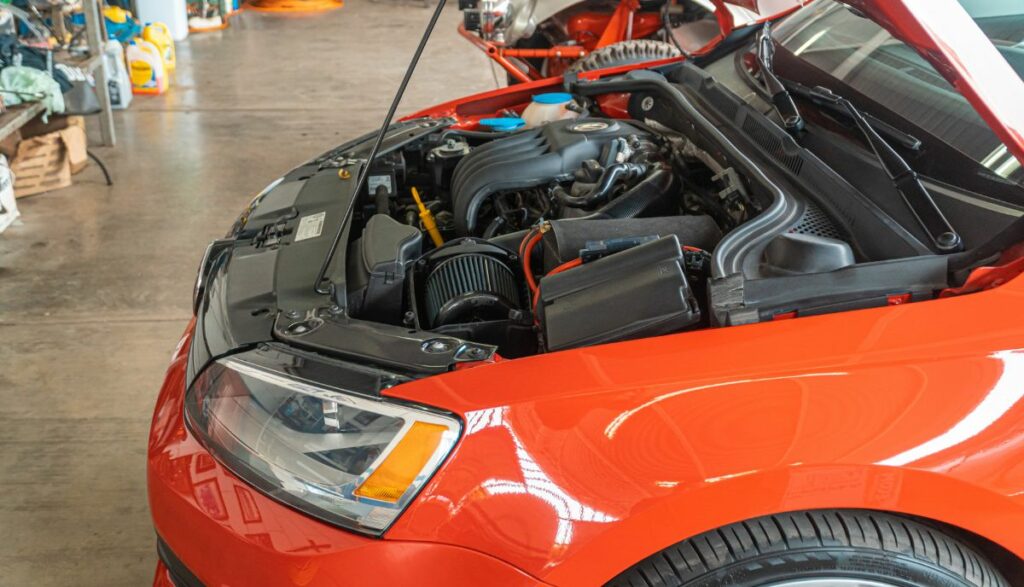
If you have an emergency and cannot wait for the engine to warm up via idling, revving the engine can accelerate the process.
Why Do People Rev Their Engines In Park?
If people in your area routinely rev their engines while parked, the following factors may explain the trend:
1). Defective Car
Are you sure the drivers in question are deliberately revving their vehicles? A car will rev on its own for the following reasons:
- Throttle Body
This component opens and closes, allowing the air to enter the engine and mix with the fuel when you push the accelerator. The car may rev because the throttle body is stuck open or closed.
- Active Air Conditioner
The RPM may spike temporarily because you’ve turned the AC on. Confirm this theory by turning the AC off and on again to gauge the response.
- Vacuum Hose
Cracks and tears in a brittle vacuum hose allow the air to escape. This affects the RPM by changing the air/fuel ratio.
- IAC Valve
As the name suggests, the idle air control valve alters the idle speed. The engine may rev because the IAC valve has failed.
- Accelerator Pedal Position Sensor
The vehicle uses a sensor to track the accelerator pedal’s position. This allows the throttle body to open and close accordingly. The accelerator pedal position sensor can lead to unexplained revving when it fails.
2). Warming The Engine
Some drivers are impatient. They don’t want to idle the engine for minutes at a time as they wait for the temperature to climb. They use revving as a shortcut.
3). Cleaning The Engine
Many drivers believe that revving the engine removes carbon deposits and ejects them via the exhaust.
4). Showing Off
Some drivers rev their cars to show off.
5). Faster Starting Speeds
You can attain faster starting speeds in a drag car by revving the engine. The elevated RPM circulates the oil at a faster rate.
How To Rev A Car In Park?
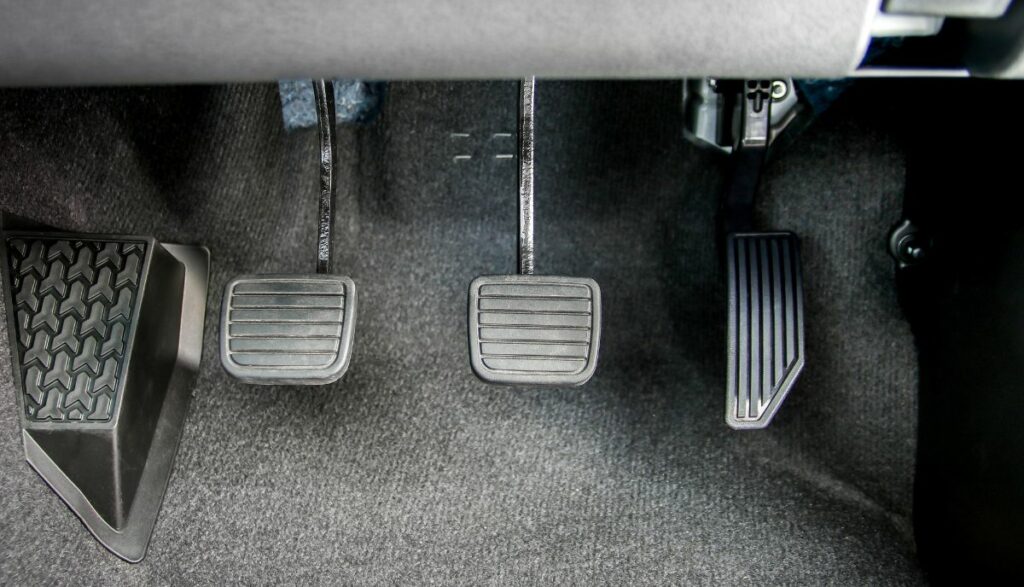
- Start the engine.
- Wait twenty to thirty seconds.
- Leave the gear in ‘Park.’
- Step on the gas pedal.
- Release the gas pedal once the RPM gauge reaches the redline.
Are Modern Engines Designed To Handle Occasional Revving In Park?
- Modern engines can tolerate revving. You won’t kill the engine by revving it while parked, at least not immediately.
- People worry that pushing the RPM to the redline will cause significant harm. However, the experts at Rev Zilla have noted that the red line is the recommended safety limit, not the point at which the engine dies. Engines can redline without attracting notable side effects.
- Modern cars have a rev limiter that prevents careless drivers from exceeding the vehicle’s limits. Hard limiters will cut the engine’s power. Soft limiters will gradually lower the engine’s power.
What Are Some Common Misconceptions About Revving A Car In Park?
- Contrary to what many laypeople think, you won’t harm the engine because you redlined the car while revving it.
- You can clean out carbon deposits by revving the car, but that is only true for older vehicles with a carburetor. Carbon buildup is rarely an issue in modern cars, although you can’t rule them out. Ultimately, you can achieve the same objective by driving the car as opposed to revving it while parked.
- Revving a cold car is not the best way to warm up an engine. The oil is still cold. It is too thick to lubricate the engine’s moving parts. Therefore, revving a cold engine may do more harm than good, even when it succeeds in quickly warming the engine.
- You don’t need to rev the engine to charge your battery. In many cases, revving isn’t even necessary while charging another car’s battery using jumper cables.

